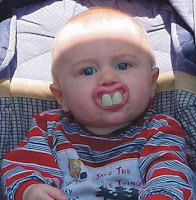A heavy storm is moving inside.Begin at the central climbing up to the high. All at one it gets back to the central once again. Suddenly, a thunder is rumbling with a stinky freezing wind blowing through. Slowly and slowly the pain is walking over my stomach. Without delay,I am runing to the TOILET !!!





